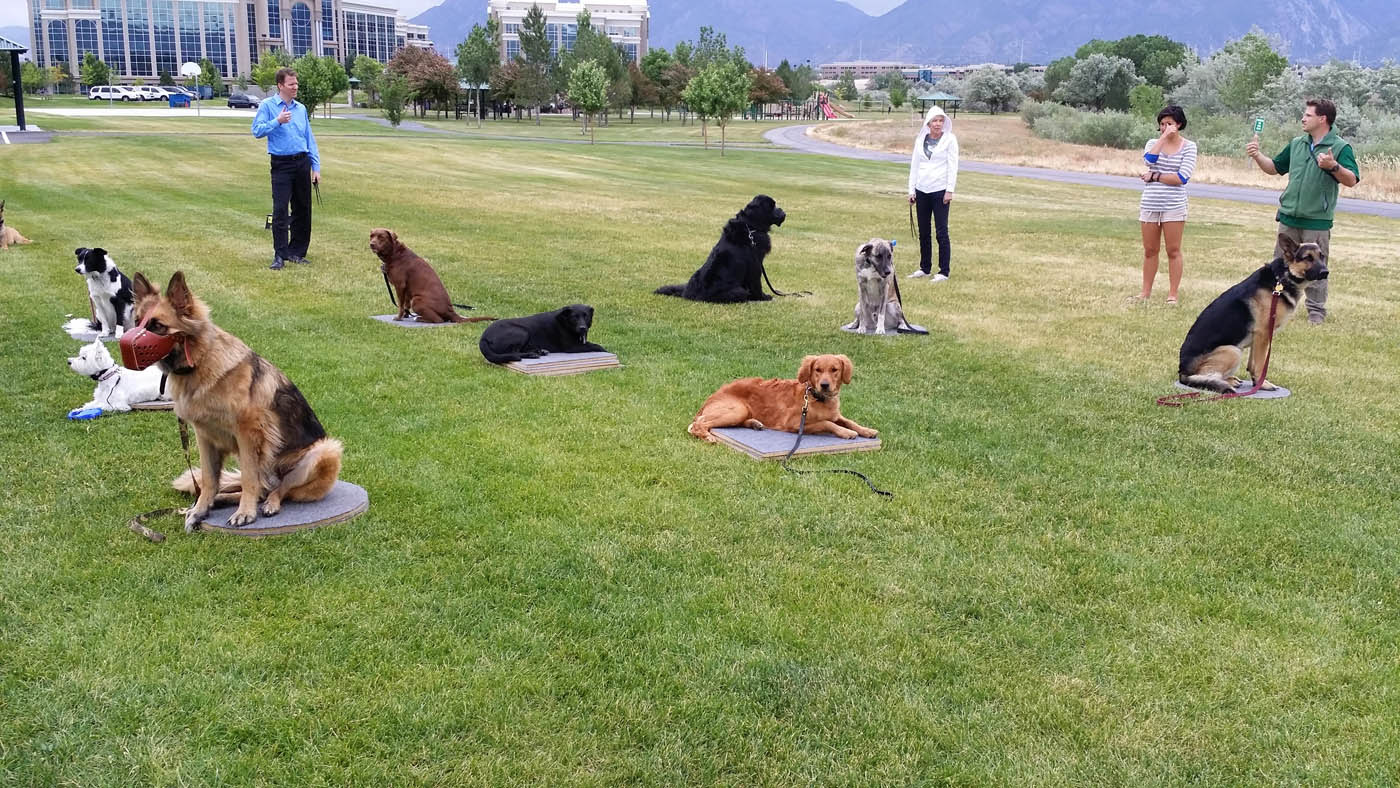Aggressive dog behavior in San Antonio has become a pressing concern for both pet owners and the general public. With a growing pet population and increasing urban density, the city has witnessed a rise in dog-related incidents, especially those involving aggression. Aggression in dogs can manifest as growling, snarling, lunging, or even biting—and it’s often rooted in fear, pain, territoriality, or lack of proper training and socialization. In San Antonio, specific breeds such as Pit Bulls, Rottweilers, and German Shepherds often garner public attention, though aggression is not breed-specific and can occur in any dog under the right (or wrong) circumstances. Understanding what triggers a dog’s aggressive behavior is the first step to reducing risk. Whether it’s a reaction to unfamiliar people, other animals, or perceived threats, early signs of aggression should never be ignored. With San Antonio’s warm climate, dogs often spend more time outside, increasing the potential for unsupervised interactions that could turn dangerous. Community awareness about the root causes of aggression and how to identify warning signs is crucial in preventing serious incidents.
The Role of Responsible Pet Ownership in Preventing Aggression
In San Antonio, the responsibility of managing dog aggression starts with pet owners. Responsible dog ownership involves more than feeding and sheltering—it requires training, socialization, and proactive behavior management. The city’s Animal Care Services (ACS) often deals with complaints about Aggressive Dog San Antonio that are improperly restrained or allowed to roam free. This reflects a gap in owner accountability. Dogs that are left unattended in yards without secure fencing or taken on walks without proper leashing are more likely to act aggressively when they feel provoked or threatened. San Antonio offers a number of resources, including obedience schools and training programs, aimed at improving canine behavior. Additionally, spaying and neutering has been proven to reduce certain types of aggression, particularly among male dogs. Owners who invest time in training their pets—especially from a young age—help build a more stable temperament and reduce the likelihood of future incidents. In neighborhoods across San Antonio, promoting responsible ownership practices can directly lower the number of aggression-related cases, making the city safer for everyone.
Legal Framework and City Regulations on Aggressive Dogs
San Antonio has established ordinances and laws specifically aimed at controlling aggressive dog behavior. According to city regulations, a dog that bites or attacks a person without provocation can be declared “dangerous.” Once labeled as such, the owner must comply with a strict set of requirements, including securing the animal in an enclosure, posting warning signs, carrying additional insurance, and even using muzzles during walks. The city’s “Leash Law” mandates that dogs must be restrained in public spaces, and owners can face fines or criminal charges for violations. San Antonio Animal Care Services also enforces mandatory investigations following bite reports, with possible consequences such as quarantine or euthanasia, depending on the severity of the incident and the dog’s history. The city provides a public registry of dangerous dogs to increase transparency and protect residents. Still, enforcing these laws requires cooperation between authorities and citizens. Reporting aggressive behavior promptly, attending court hearings when necessary, and ensuring compliance with safety measures all play a role in enforcing San Antonio’s legal framework for managing aggressive dogs. Education campaigns and community outreach can help spread awareness of these regulations and encourage public participation in enforcement.
Community-Based Solutions and Support Resources
Addressing aggressive dog behavior in San Antonio isn’t solely a legal or personal responsibility—it’s also a community effort. Local shelters, nonprofits, and training centers play a vital role in promoting safe practices and offering rehabilitation for aggressive animals. Organizations such as the San Antonio Humane Society and Talk Dog San Antonio offer behavioral classes, support groups, and consultation services for pet owners facing aggression issues. Community outreach programs focus on underserved areas where pet resources might be limited and aggressive behavior may go unreported or untreated. Neighborhood watch initiatives and pet-owner associations have started sharing tips, holding meet-ups, and organizing educational events to build safer interactions between animals and humans. Schools and youth programs also participate in teaching children how to safely interact with unfamiliar dogs—helping reduce fear-driven aggression incidents. San Antonio’s diverse communities benefit from multilingual resources that ensure all residents, regardless of background, understand how to handle aggressive dogs and where to turn for help. Collaboration between veterinary professionals, trainers, law enforcement, and citizens creates a more holistic and effective approach to managing canine aggression.
Building a Safer Future: Prevention Through Education and Advocacy
To effectively tackle the issue of aggressive dogs in San Antonio, a long-term focus on education and advocacy is essential. Preventive measures such as early behavioral assessments, public education on dog body language, and widespread access to low-cost training programs can significantly reduce the chances of aggression developing in the first place. Schools, community centers, and online platforms can serve as hubs for this education, targeting both current and future pet owners. Advocacy groups can lobby for improved pet policies, more public dog parks with secure fencing, and increased funding for animal services. Regular vaccination and health checkups are also important since medical issues can sometimes be mistaken for behavioral problems. Pet adoption centers must be transparent about dogs’ histories and behavioral needs, ensuring adopters are well-prepared. Building a safer San Antonio starts with the belief that aggressive behavior can be managed, rehabilitated, and in many cases, prevented altogether. With continued investment in community programs, stricter enforcement of ownership laws, and a collective commitment to education, the city can reduce the threat of dog aggression and foster a culture of responsible and compassionate pet care.







